Guest post by Joel Day and Scott Kleinmann.
In his final State of the Union Address, President Obama made a forceful case for refraining from calling ISIS “Islamic,” saying, “We don’t need to build them up to show that we’re serious… by echoing the lie that ISIL is somehow representative of one of the world’s largest religions.” Republicans are quick to claim that “What ISIS Really Wants” is “extremely Islamic.” While the President’s approach highlights how far out of the mainstream these murders are, it is undeniable that ISIS and other such groups envision themselves as the vanguard of Islam. The fighters are serious about their Islamic identity. Not addressing the ideational foundations seems to completely misunderstand the enemy and mis-specify what is necessary to beat them.
At stake here are not just semantics – real world policy prescriptions result from each side of this debate. Trump’s call for a pause on all Muslim refugees is an extension of the argument that ISIS is intrinsically Islamic. Those who downplay the religious link seem to suggest that “jobs” will magically end violent ideology. Serious policy must find a third way within this paradox, one which forces a serious discussion about the ideational nature of terror groups, while simultaniously delegitimizing them with religious audiences. Rather than secular, Western-funded twitter-shouting matches, we need programs with the goal of assisting religious community leaders in clearly articulating how ISIS distorts, distains, and defiles their religion. As Day argues in a current article in Perspectives on Terrorism, counter-extremism campaigns should get very specific about the Islamic doctrines and rituals ISIS fans leave behind in the radicalization process. Specific, practice-oriented counter-narratives (rather than mere condemnation of violence) ultimately build deeper, stronger religious institutions, directly refuting the cult-like detachment these terror groups have from mainstream Islam.
Viewing these groups through the lens of practical theology is a unique way to bridge the gap in the “naming debate” – giving credence to the religious underpinnings of these groups, while refusing to legitimize their actions with the label of “Islam.” A practical theology lens would provide analysts a new way of evaluating patterns of terrorism. For example, a key observable pattern is that these groups actually segregate and exclude themselves from mainstream religious practice and create their own alternatives. In their treatment of textual interpretation, law, and authority, many terror groups extricate themselves from orthopraxis and orthodoxies. In the place of orthodox frameworks, ISIS affiliates are demanded to pledge allegiance, “bay’ah,” to al-Baghdadi, an arguably heretical “6th Pilar” of compulsary practice. The pledge of bay’ah severs relational ties to the Ummah and extricates a group from the practices that simultaneously bind and moderate. Examining the observable practices of these groups allows us to label them what they are: cults.
A core observation of cult practice is how isolation and exclusion are built into groups’ identities. Cults often socially encapsulate prospective joiners, luring them away from outside social connections and forge new, codependent relationships within the movement. Cult research shows that this practice of social discontinuity is especially important for recruitment into communal groups and/or groups with deviant perspectives and practices. Extra-cult attachments are impediments to communal life. Social encapsulation inoculates the recruits from outside influence, “neutralize[s] the stigma frequently associated with participation” in such groups and masks their deviant behavior.
For ISIS, much of the work of social, economic, and political isolation was done for them: the war destroyed trillions of dollars of infrastructure and bad governance dismantled the Baathist state sending thousands of Sunni military officers home, jobless and humiliated. The Shia-dominated state and economy is systematically closed to Sunnis, which pushes 10 million people into the dark alternative of the Caliphate. Like a cult, ISIS feeds on the isolated, victimized, and abandoned.
The practices of lone-wolves like the two San Bernardino killers are also instructive. Acquaintances have indicated that the killers became less tolerant of “kafiri” lifestyles and lackadaisical practices of fellow Muslims. This led them away from the Mosque, away from community prayers, and away from mainstream faith. They instead began seeking out propaganda online which would validate their interpretive frameworks, eventually pledging bay’ah to al-Baghdadi. Within this context, Malik and Farook are not Islamic, committed to a struggle with a community of believers, but show cult-like practices of exclusivity.
The path to ending violent extremism is not to downplay the religious nature of terrorism, but to seriously examine the observable practices of these extremist groups, since it is ritual and practice that forges identity. The task is to then build campaigns centered on celebrating Islamic communities and their rich orthodox traditions. Since denying the religious nature of ISIS and Al Qaeda mis-specifies the threat we face, a better alternative is to celebrate and resource Mosques for outlining these group’s exact violations of Islamic practice and ritual.
Joel Day (@joelkday) is Assistant Professor of Security, Criminology, and Global Studies at the University of Massachusetts Lowell and research associate at the Center for Terrorism and Security Studies. Scott Kleinmann (@smkleinmann) is a Senior Research Associate in the Global Studies Institute at Georgia State University.

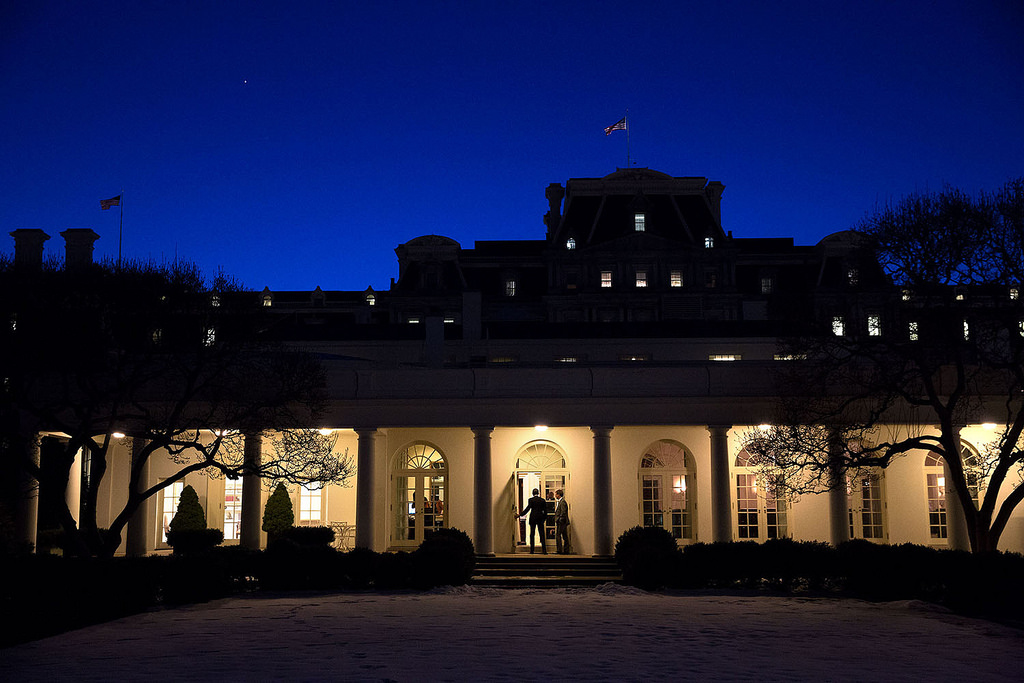

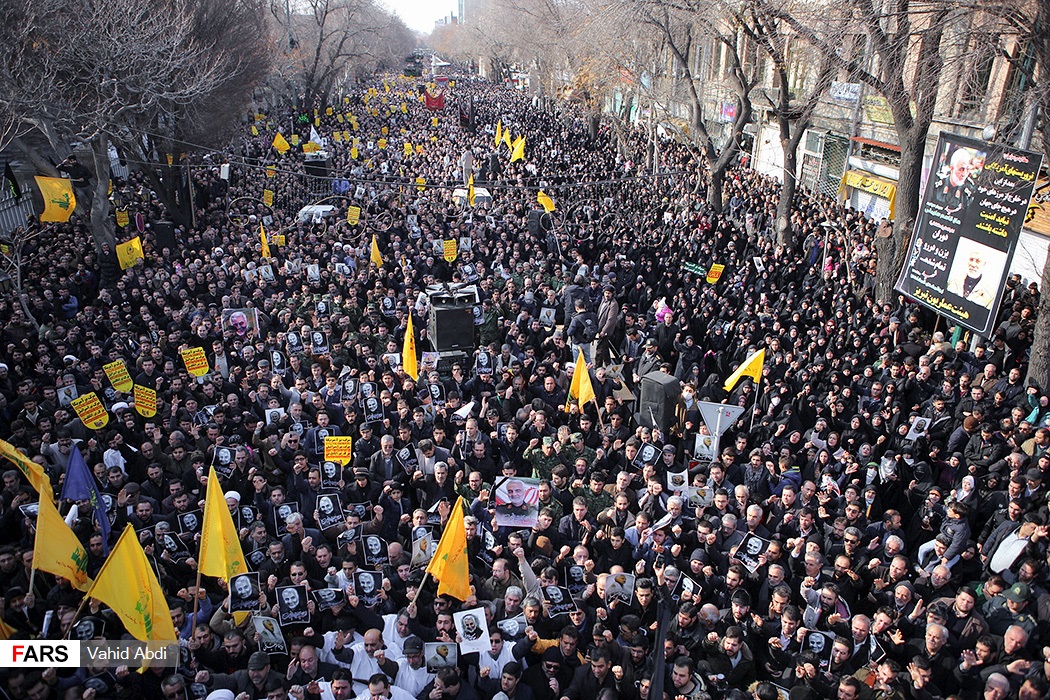
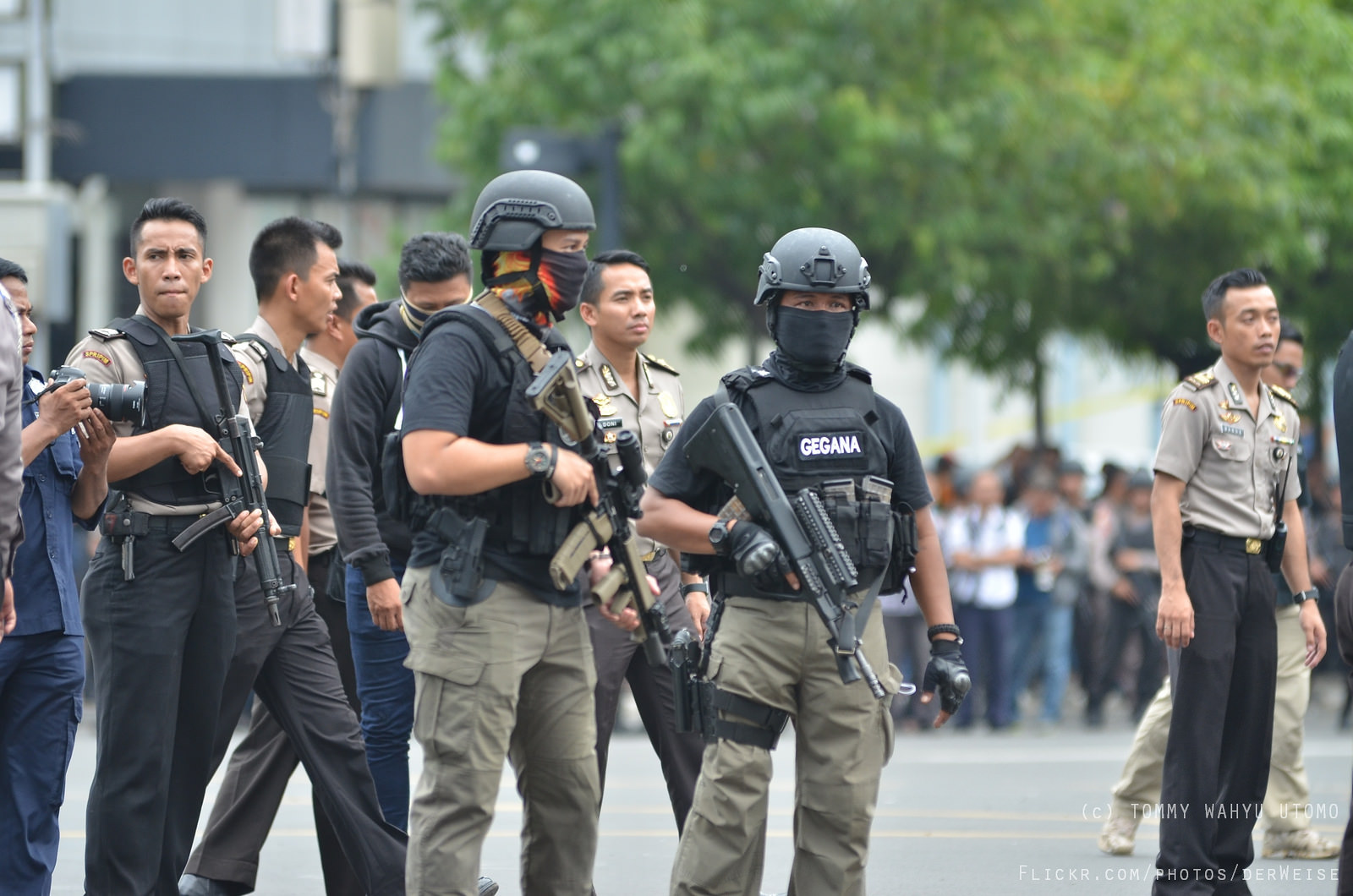
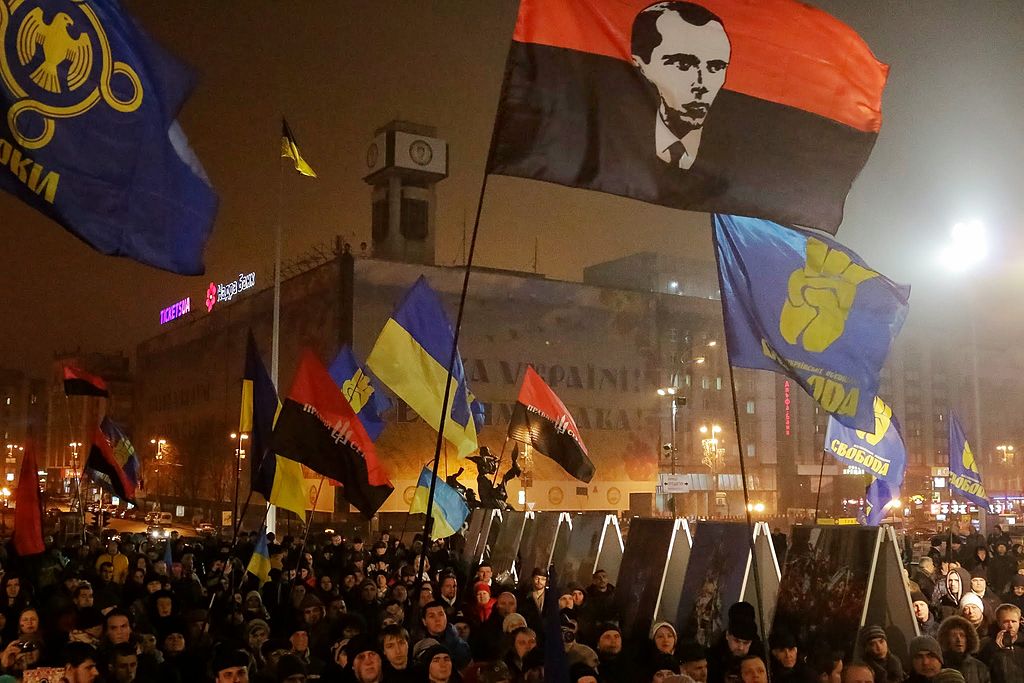
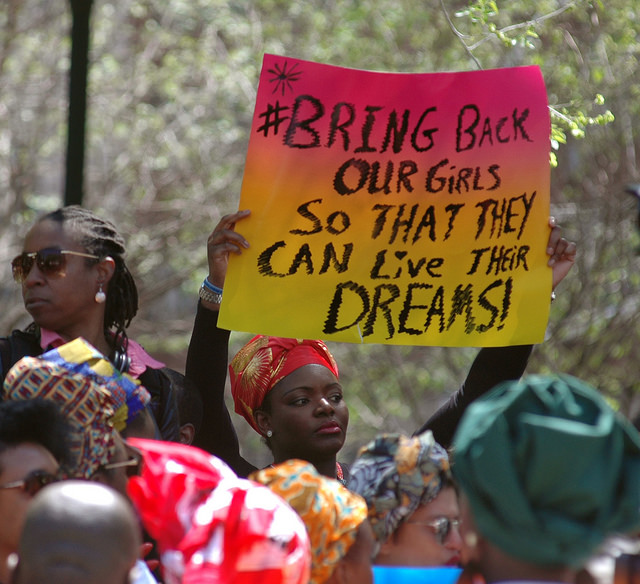
1 comment